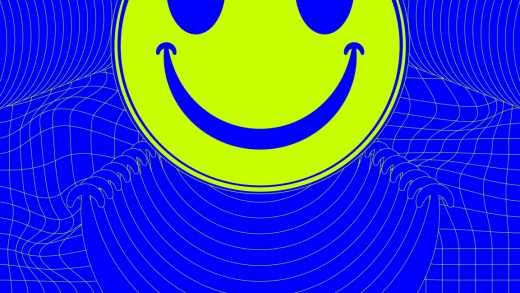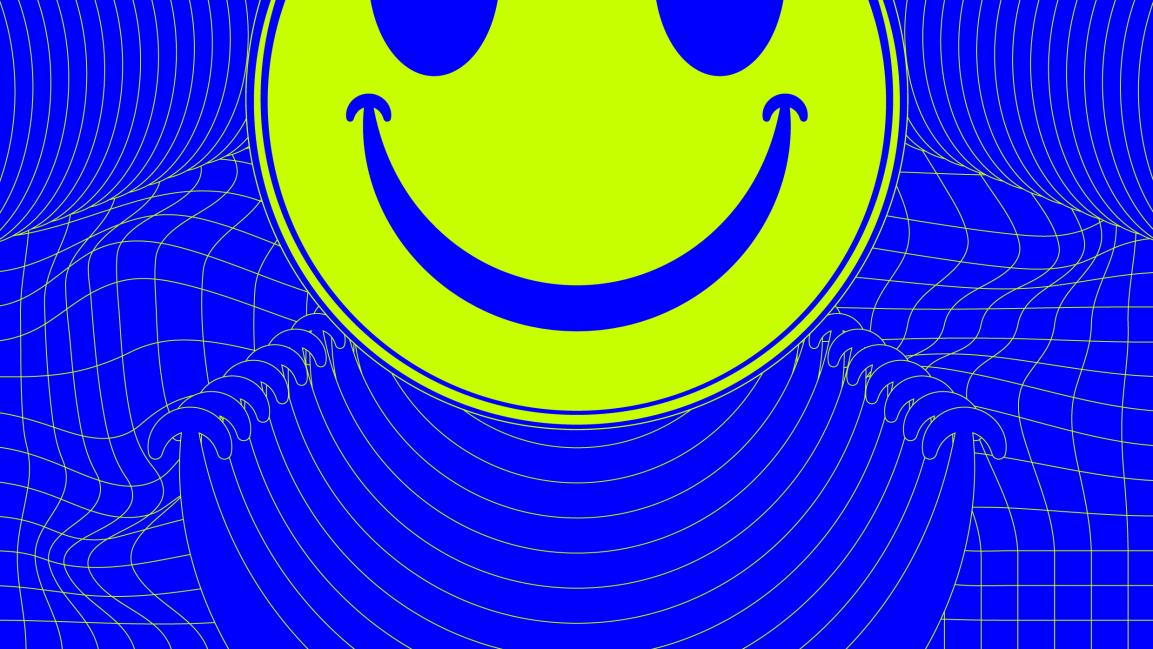What if you knew the exact sights, sounds, and colors that could lift your mood?
But what if you could decorate your home with the furniture and colors that brought you peace? What if you knew the sounds and scents that had the greatest positive impact on your psyche? That’s the idea behind neuroaesthetics, a nascent field examining the impact that areas like art, design, music, and architecture can have on the human brain.
Neuroaesthetics was the topic of conversation during a panel at Fast Company‘s Innovation Festival today. Panelists included Ivy Ross, VP of Hardware Design at Google; Susan Magsamen, founder and executive director of the International Arts + Mind Lab; Diana Saville, cofounder and CCO of BrainMind; and Judy Tuwaletstiwa, a visual artist, writer, and teacher. Fast Company‘s Mark Wilson, a senior writer on Co.Design, moderated the discussion.
The idea that art can impact your mood isn’t new, but neuroaesthetics is about “marrying science and the arts” even further, says Magsamen. “How do we bring the world into our bodies through our senses? How do these amazing experiences change our moods? How do they help us regulate physiology? How do they help us grow and change and learn? Neuroaesthetics really is about answering those questions.”
The International Arts + Mind Lab, which is part of the Pedersen Brain Science Institute at Johns Hopkins University School of Medicine, is working to establish a new framework for studying these kinds of questions. A recent partnership with the Aspen Institute gives it even more heft to study and codify the field of neuroarts.
Magsamen put that interdisciplinary approach into practice with a project she did with Ross and Google at the Milan Furniture Fair in 2019. The three rooms in Google’s exhibit were each designed to give off a particular vibe, and attendees wore bands that measured biometric responses to each room. At the end of the experience, attendees received a painting to show when their bodies were calm and when they were reacting to stimuli. “We wanted to really prove that your body is feeling all the time, and your cognitive mind may walk into a space and go, ‘Oh, I love it,’ because it’s your favorite color or it looks like something you saw in a magazine,” Ross says. “But your body is really not feeling comfortable in the room. And in fact, a different room is where your physiology feels most at ease.”
There wasn’t one room that was “right” for everyone. Ross and Magsamen both stress that people bring in their own backgrounds and experiences, which have a huge influence on how their bodies react to things like color, sound, and texture.
While Google wasn’t collecting any data from the experience, Ross says, “the future is very much about sensors and how these sensors can help to improve our lives.” Plus, she says Google wants to design products that evoke emotional reactions and focus on “design feeling versus design thinking.”
This is clearly a space designers have already been focused on, as Saville notes, citing fast food logos that all use red and yellow. “Red elicits this hunger, this impulsiveness and yellow elicits a sense of comfort. What if you could optimize this?” she asks. “Scientists are using machine learning and neuroimaging and looking at real-time neurofeedback. And instead of selling a burger with these kinds of insights, imagine how it could transform how you design your office space, how you design your child’s bedroom, how the classroom is set up. The implications are really exciting.”
Thinking about the subconscious and how our bodies and brains are constantly absorbing what’s around us can have profound implications for creative work as well. Tuwaletstiwa recounts having students write stories that they knew wouldn’t be saved. An immense sense of freedom came from it—and the students were surprised at what they were able to create. She did a similar project with Ross at Google, where she had the designers work with clay and just see what they came up with. “There’s a special intelligence that we carry in these hands,” says Tuwaletstiwa. “They’re constantly feeding the world back to us.” She believes allowing the body to explore art with no expectations can lead to design breakthroughs as well.
Ross confirmed that, sharing a story from a few days after Tuwaletstiwa led the workshop at Google. “One of my young designers said, ‘Oh my God, Ivy, after that clay workshop, I felt compelled to go to our model shop and start to carve the form I wanted for the speaker out of wood before I even went to the computer,” she says. “I was so thrilled with that.”
(29)



